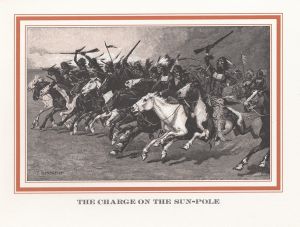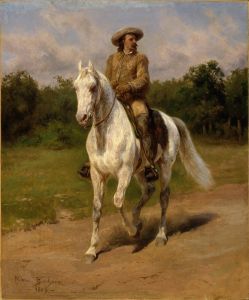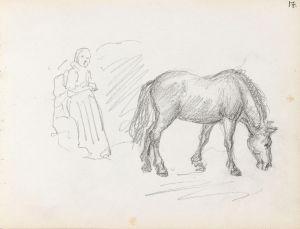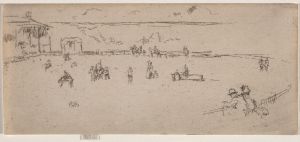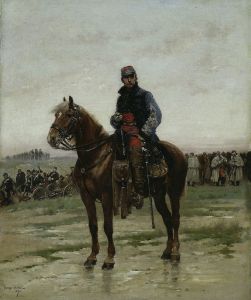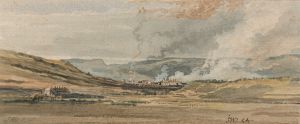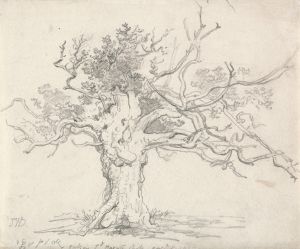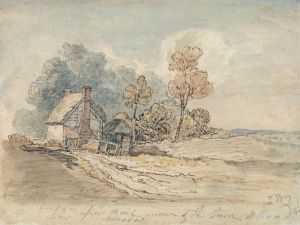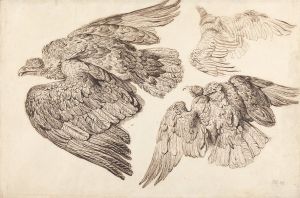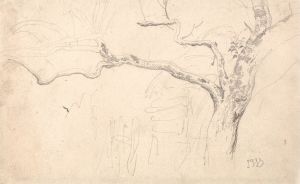
A Horseman in a Landscape
A hand-painted replica of James Ward’s masterpiece A Horseman in a Landscape, meticulously crafted by professional artists to capture the true essence of the original. Each piece is created with museum-quality canvas and rare mineral pigments, carefully painted by experienced artists with delicate brushstrokes and rich, layered colors to perfectly recreate the texture of the original artwork. Unlike machine-printed reproductions, this hand-painted version brings the painting to life, infused with the artist’s emotions and skill in every stroke. Whether for personal collection or home decoration, it instantly elevates the artistic atmosphere of any space.
James Ward's painting A Horseman in a Landscape is a work by the renowned British artist, who was celebrated for his contributions to animal painting and Romantic landscapes during the late 18th and early 19th centuries. James Ward (1769–1859) was a prominent figure in British art, known for his detailed and dynamic depictions of animals, as well as his ability to capture the interplay between human figures and natural settings.
A Horseman in a Landscape exemplifies Ward's skill in portraying equestrian subjects, a recurring theme in his oeuvre. The painting features a lone rider on horseback, set against a natural backdrop. The landscape is rendered with a Romantic sensibility, emphasizing the grandeur and emotional resonance of the natural world. Ward's use of light and shadow, as well as his attention to detail in the anatomy of the horse and the figure of the rider, reflect his mastery of both technical precision and artistic expression.
The exact date of the painting's creation is not definitively documented, but it is consistent with Ward's mature style, which flourished in the early 19th century. During this period, Ward was influenced by the Romantic movement, which sought to evoke emotion and a sense of the sublime through depictions of nature and humanity's relationship with it. His works often combined elements of realism with a heightened sense of drama, as seen in the dynamic composition and atmospheric qualities of A Horseman in a Landscape.
James Ward was elected a Royal Academician in 1811, a testament to his prominence in the British art scene. His works were widely admired for their technical excellence and emotional depth. While Ward is perhaps best known for his monumental painting Gordale Scar (1814–1815), which captures the dramatic limestone gorge in Yorkshire, his smaller works, such as A Horseman in a Landscape, also demonstrate his versatility and artistic vision.
The painting is held in a private collection, and detailed information about its provenance or exhibition history is limited. However, it remains an example of Ward's ability to blend the human and natural worlds in a way that resonates with the Romantic ideals of his time. His legacy as one of Britain's foremost animal and landscape painters endures, with his works continuing to be studied and appreciated for their contribution to the Romantic art movement.





